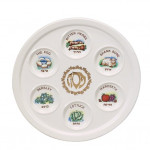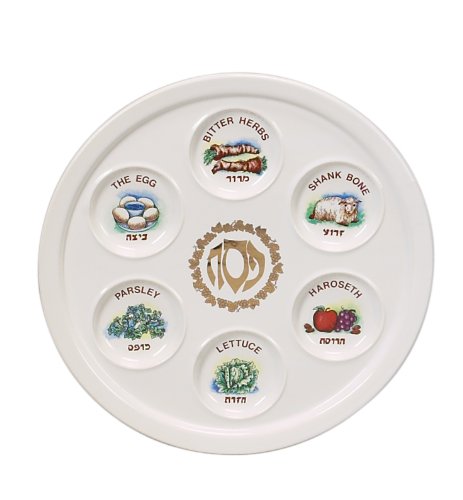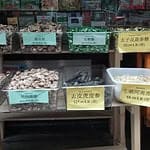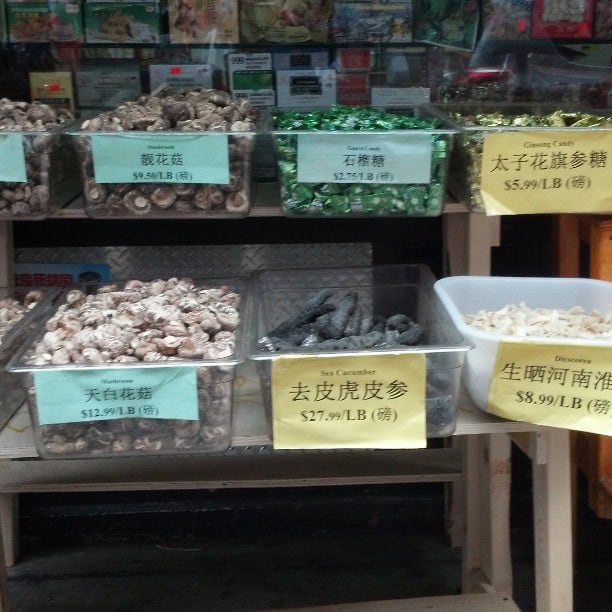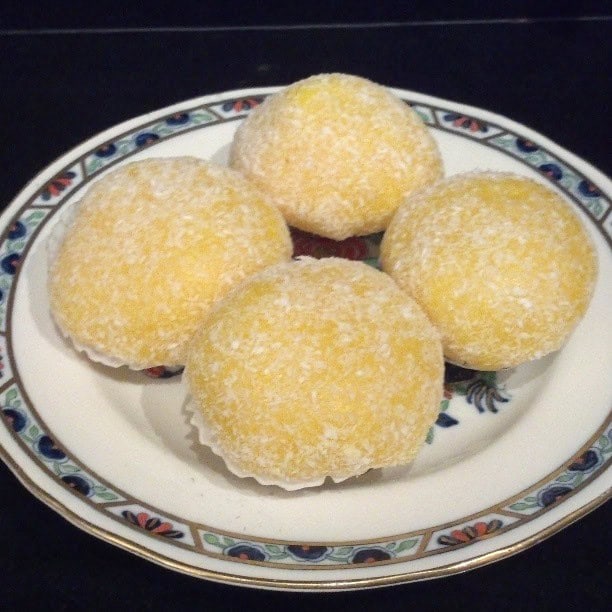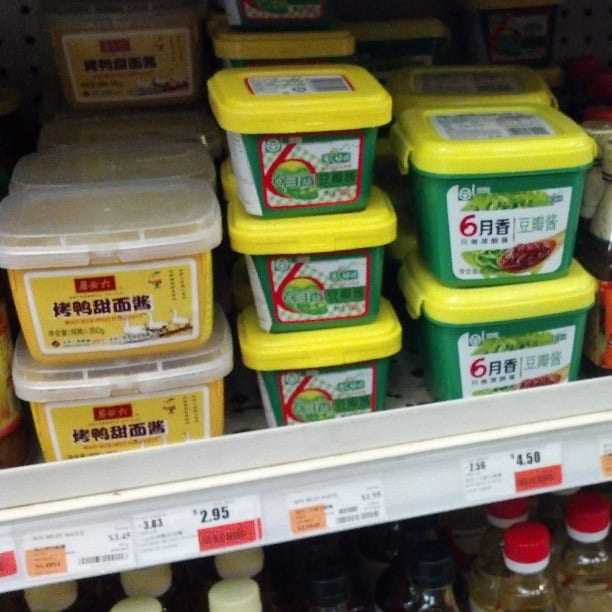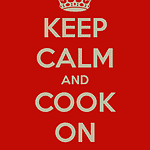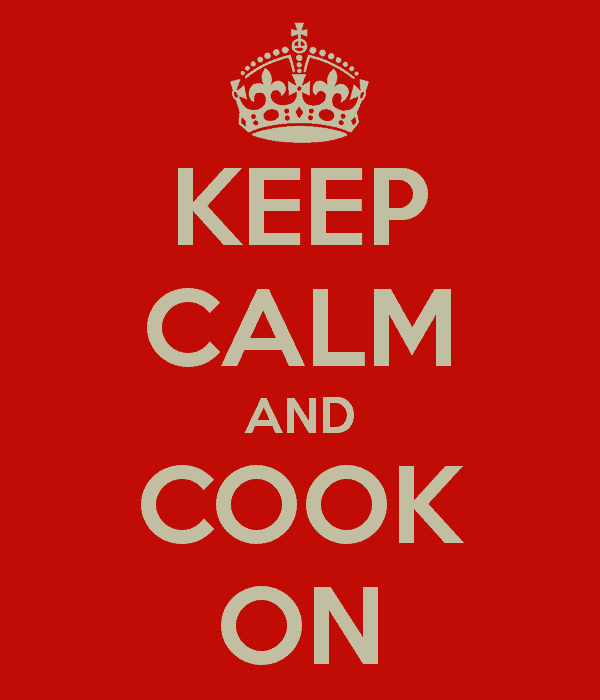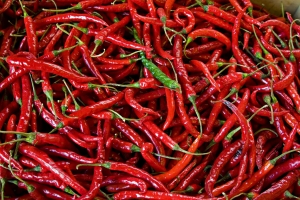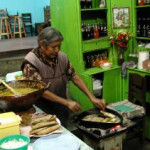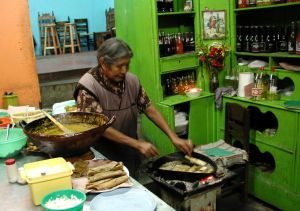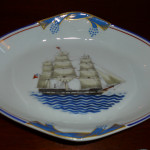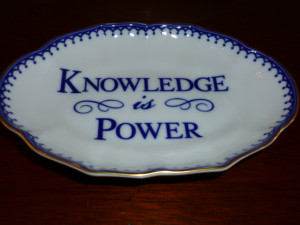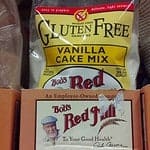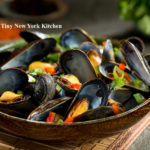Passover is almost here and if you are Jewish then it’s time to think about preparing the Seder plate. The foods are symbolic and are arranged on a specific Seder plate which is called k’arah in Hebrew. Some of these symbolic foods are eaten and some are not. Throughout the years these plates have been made from silver, pewter, brass, painted porcelain and glass with specific indented compartments for the ceremonial foods. If you don’t have a Seder plate then you can display the foods on a pretty tray or platter with decorations of fresh spring blossoms or herbs. If you are having quite a few quests then you may want to have a second Seder plate for the other end of the table.
The traditional Seder plate items include:
Karpas: A vegetable to celebrate spring and rebirth. This vegetable usually is a green vegetable such as celery, sweet lettuce or a spring herb such as parsley or chervil which symbolizes the beginning of new life. Some use a boiled potato as a reminder of a harsh early spring.
Maror: This symbolizes the misery of the Israelites’ slavery and oppression. This is a bitter herb that varies from community to community or even from one family to another. Ashekenazim like to use either ground or sliced fresh horseradish root or romaine lettuce. Sephardim like to use bitter greens such as endive, escarole, chicory, sorrel, arugula, dandelion, purslane, celery leaves or watercress. Maror is eaten by all at the table so you may want to put extra in a separate bowl.
Haroset: Haroset is the fruit and nut dip that is symbolic of clay or mortar that the Israelites used to construct the pyramids. Kids like to sculpt it into pyramid shapes if the haroset is stiff enough. Some people like to serve two or three different types of harosets symbolizing the diverse Jewish communities. Haroset usually consists of quartered, grated or chopped apples, walnuts or almonds, ground cinnamon and kosher grape wine or grape juice. The consistency tends to be more like a paste.
Hazeret: Many Seder plates have a second place for another bitter herb in addition to the maror. This additional bitter herb is to be used in the traditional Hillel sandwich which is a matzoh with a filling of haroset and bitter herbs.
Zeroa (Forearm): This is a roasted lamb shankbone that symbolizes the ancient Paschal lamb sacrifice in the Temple. It also symbolizes the protective arm of God. The Israelites marked their doorposts with blood from the lamb that was slaughtered on the eve of the Exodus. Seeing this sign, the Angel of Death “passed over” their homes, keeping them from God’s tenth and final plague (the slaying of the firstborn males). Some use a poultry wing or neck. Vegetarians may use a beet. A friend of mine, who is not a meat eater, told me that last year she cut out a picture of a shankbone and placed it in the proper place on the Seder plate. Zeroa is typically not eaten at the Sedar. The shankbone is roasted and scorched to symbolize the burnt sacrificial offering.
Beitzah: This is a roasted egg which is the symbol of the festival sacrifice of each Jew brought to the ancient Temple. It is also a symbol of spring, mourning and rebirth. The egg is also not eaten during the Seder service. Hard boil an egg and then wrap it, still in the shell, in a foil. Place it in a hot oven until it is lightly charred. Make sure to hard boil the egg first or you will have quite a mess on your hands.
Another symbolic item on the Seder table, not on the Seder plate, is a plate of three whole matzot, which are stacked and separated from one another by cloths or napkins. The middle matzah is broken and half of it put aside for the afikoman (after the meal or dessert). The top and other half of the middle matzot is used for hamotzi (blessing over the bread). The bottom matzah is used for the Hillel sandwich.
A bowl of salt water is used for the first “dipping” of the Seder. It is not traditionally part of the Seder plate, but it is placed next to it. Sometimes the bowl of salt water is used as one of the six items, omitting haroset.
Potato Peels: Survivors of the Holocaust and their children began including potato peels as a symbol of the Holocaust and today’s hunger and famines. It was a blessing to have a potato peel as it could mean the difference between life and death in the concentration camps. For many Jews who fled the famines of Ethiopia it was the potato that was the first food tasted when they immigrated to Israel.
Orange: Some new Seder plates have an additional place for an orange. Theologian Susannah Heschel, “Orange on the Seder Plate,” talks about the ritual that she created based on a story that she had read in a feminist Haggadah. She asked everyone to take a tangerine segment, say the blessing over it and eat it to symbolize solidarity with Jewish lesbians and gay men as well as others who are marginalized within the Jewish community.
How lucky we are this year that Saint Patrick’s Day falls on the weekend so how about having a traditional full Irish breakfast.
Start with traditional bangers and then choose either Canadian bacon or double hickory smoked bacon. Add Eggs, grilled tomatoes, soda bread, baked beans and coffee or Irish breakfast tea. You can top your grilled tomatoes with grated cheese and herbs or have them just grilled. Your eggs can be fried, poached or scrambled.
Bangers are the cornerstone of the traditional full Irish breakfast. Irish loin bacon is very similar to Canadian bacon as both are cut from the pork loin and are fairly lean meats. They are cured and not smoked. Irish bacon also has a small bit of tail meat connected to the eye of the loin. Double hickory smoked bacon is very similar to American bacon or what is called streaky bacon in the British Isles. This type of bacon comes from the pork belly and is easily distinguished by the stripes of lean and fat that run through it. Double hickory smoked bacon is a fine substitute if you decide not to use Canadian bacon.
Irish breakfasts vary from cook to cook and region to region by incorporating local specialties. Some regional favorites include mashed potatoes that are fried with leftover vegetables, blood sausage or sautéed mushrooms.
The “Ides of March” are upon us! To mark the date of the assassination of Julius Caesar I thought I would post the classic Caesar Dressing recipe.
Caesar Dressing
3 Garlic Cloves
3 Anchovy Fillets
3 Tablespoons Lemon Juice
3 Tablespoons Olive Oil
1 Tablespoon Dijon Mustard
1/2 Teaspoon Worcestershire Sauce
1 Hard Cooked Egg Yolk
In a blender (or food processor) combine the three garlic cloves, the anchovy fillets and lemon juice. Cover and blend until mixture is nearly smooth, stopping to scrape down sides as needed. Add oil, mustard, Worcestershire sauce and cooked egg yolk. Cover and blend until smooth. Cover with plastic wrap and chill for 2 to 24 hours.
Parmesan Croutons
Cut four 1/2 inch thick slices of French bread into 3/4 inch cubes and set aside. In a large skillet melt 1/4 cup butter. Remove from heat. Stir in 3 tablespoons grated Parmesan cheese and 1/8 teaspoon garlic powder. Add bread cubes, stirring until cubes are coated with butter mixture. Spread bread crumbs in a single layer in a shallow baking pan. Bake in a 300° F oven for 10 minutes and stir. Bake about 10 minutes more or until bread cubes are crisp and golden. Cool completely and store in an airtight container for up to 1 week. Makes 2 cups
To keep your Mexican dishes authentically delicious, here are some pointers about chiles. If you were asked to identify one characteristic that would singularly describe Mexican dishes, the “chile” would be the answer, namely chile peppers. Whether ground, whole, sliced, diced, pickled, fresh, canned or dried, chile peppers are an inherent part of Mexican dishes.
There are many varieties of chiles, ranging from mild to very hot! Chefs use whatever chiles are available to them. Some varieties are available canned when they aren’t available fresh. Here is a list of some common peppers.
Green Peppers: Also called bell peppers. They are very mild peppers and are used in salads as a garnish and they are used to flavor & color dishes.
Anaheim: Also called California peppers. They are mild, long green chiles. They can be eaten raw and are used in salads.
Jalapenos: They are smaller sized and dark green chiles. They are typically very hot.
Serranos: They are smaller and slimmer than jalapenos, but be warned they are hotter too!
Ancho: These chiles are plump and dark green chiles that range from mild to medium. Ancho means “wide,” that’s why these are usually the best choice for chile rellanos.
Yellow Hots: They are longer than jalapenos and moderately hot. These chiles are used in hot mixes, along with other chiles and are used in salsas. They are also used as a garnish to color dishes.
Wax Chiles: These chiles are small, slender, yellow chiles and are used in pickled mixes, in salsas and as a garnish.
Chilitepins: These chiles are tiny and seedy red peppers. They are used for seasoning in salsas in combination with other chiles. They are also used in pickling. Warning…they are VERY hot!
You can roast chiles over the top burner of your stove. Make sure to turn frequently to keep the chiles from burning. You can cook three to four chiles at a time. When the skins turn dark brown and look blistered then remove them from the heat. Wrap the chiles in a damp kitchen towel or paper towel to make the skins easier to remove.
Chiles can be roasted in an oven as well. Place the chiles onto a parchment paper lined baking sheet. Bake at 350º F. until the skins are brown and blistered. After roasting, wrap the chiles in a damp kitchen towel for a few minutes. Then remove the skins.
You can also dry chiles. To dry chiles, make a chile “garland.” Sting chiles up by their stems to make a cluster. Let them hang to dry by placing them in a very dry place until they become dry. Fresh green chiles turn from green to red when left to dry out. Dried chiles are ready to use when they are crackly-dry.
Chile garlands can also be used for decorations in your kitchen, living room or patio. These sartas or ristras are a characteristic sight in the Southwest.
To use dried chiles, just soak them in a hot water bath until they are softened. Open the chiles up and remove the stem and seeds. Puree them in a food processor or blender. Add small amounts of water to process. If the chiles are hot then add a water and vinegar mixture to help tame the chiles. When a chili paste is made then make sure to pass through a sieve to make a smooth paste. Season the paste as you desire to make salsas or for cooking.


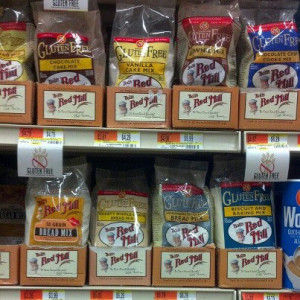 Many people ask me about gluten free baking products. Bob's Red Mill gluten free products seem to be the most available. I have heard that King Arthur Flour has gluten free products, but I haven't been able to find them at any of the grocery stores that I frequent and believe me I frequent a lot food stores & markets.
Many people ask me about gluten free baking products. Bob's Red Mill gluten free products seem to be the most available. I have heard that King Arthur Flour has gluten free products, but I haven't been able to find them at any of the grocery stores that I frequent and believe me I frequent a lot food stores & markets.

